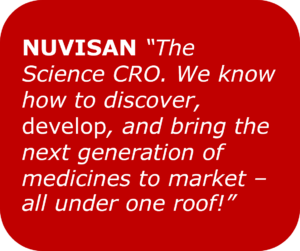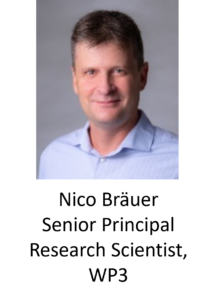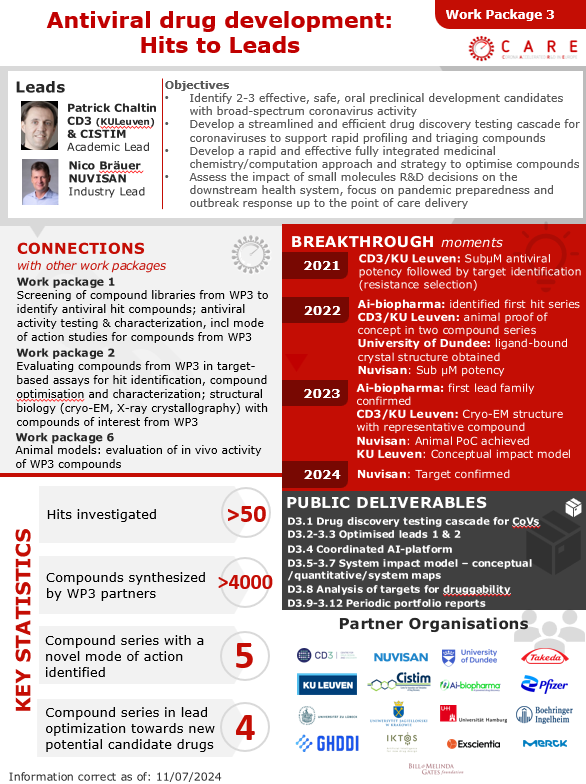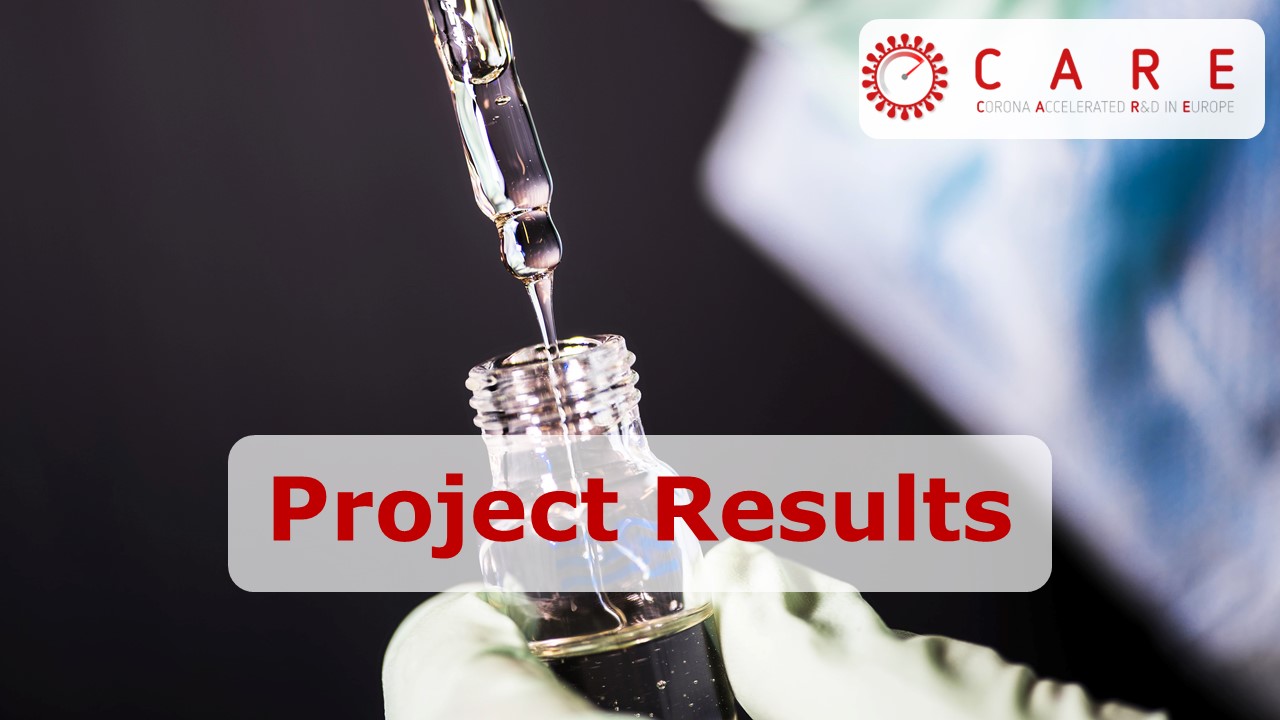Introducing NUVISAN – a CARE Industry organisation

Founded in Europe in 1989 as an independent, family-owned contract research organization (CRO), NUVISAN was set up with a clear purpose: to leverage science to foster positive change and enhance the lives of patients. Initially providing bioanalytical laboratory services and PK/PD studies, the company later expanded to other areas, such as early discovery, safety testing, clinical trial management, and regulatory support. It has grown significantly since its founding and has expanded its services and capabilities to meet the changing needs of its clients.
Operating under the name NUVISAN since 2010, ALS Limited, the global leader in testing, acquired NUVISAN on April 1, 2024, forming the most advanced drug discovery and development organization and providing solutions across continents. NUVISAN is a fully integrated contract research and development and manufacturing organization (CRO/CDMO) that offers unique, high-quality, and tailored integrated solutions along the drug discovery and development value chain. These include:
- Target Identification and Validation
- Target-to-Lead
- Lead-to-Candidate
- Preclinical
- Clinical

Why did NUVISAN choose to get involved in CARE?
NUVISAN chose to get involved in order to support the development of therapeutics in addressing the current or future coronavirus outbreaks. The CARE consortium offered the exciting opportunity for NUVISAN to team up with renowned research organisations jointly discovering and developing new treatment options to treat the current and future coronavirus outbreaks.
What has NUVISAN delivered for CARE?
In addition to our initiator role for the CARE project and bringing different expertise in medicinal chemistry (Work Package 3) and in vitro ADMET compound profiling (Work Package 6) into the team, NUVISAN is a project lead for a joint Hit-2-Lead project together with Servier (high throughput screening), Merck and Takeda (synthesis) and Iktos (AI, design), KU Leuven and LUMC (antiviral assays), Université d’Aix-Marseille (biochemical & biophysical assays), Helmholtz-Zentrum Für Infektionsforschung Gmbh and The Institute of Virology and Immunology (in vivo compound profiling).
These collaborative efforts have now achieved an in vivo proof-of-concept and the project is moved into lead optimization phase.
For more information about the different work packages, please click here
What benefits has NUVISAN enjoyed through participating in CARE?
Nico Brӓuer, NUVISAN PI for CARE comments: “We are delighted to be engaging with so many globally renowned research institutions and pharmaceutical companies in this impactful and exciting project. While collaborating on this joint endeavour, we continue to discover new ideas and unlock scientific innovation through extensive knowledge exchange and discussions with other members. Together, we can accelerate the development and utilization of effective therapies for patients around the world.”
In addition to Nico, the NUVISAN team includes


Want to know more about NUVISAN? click here.
CARE – Infographic – Work Package 3 Antiviral Drug Development: Hits to Leads.
CARE has 8 Work Packages but do you know what each one does? Here, you can learn about the Work Package 3 team, their objectives, their partners, their breakthrough moments and more.

The infographic is also available here
Published in Antiviral Research: A new fully automated dual-reporter HTS antiviral assay to facilitate drug discovery against SARS-CoV-2.
CARE partner KU Leuven developed a dual-reporter high-throughput screening (HTS) assay to facilitate antiviral drug discovery against SARS-CoV-2 using a fully automated, high-containment robot system.
For this purpose, by clonal selection, KU Leuven successfully obtained an A549 cell clone that expresses a strong fluorescent mCherry signal in the nucleus (for cytotoxicity evaluation) and that efficiently supports replication of a SARS-CoV-2 reporter virus that expresses the NeonGreen fluorescent reporter protein after infection (for antiviral potential), and this without being affected by virus-induced cytopathogenic effects. This dual-reporter system makes any staining steps redundant, and thus offers a convenient and robust strategy for phenotypic HTS. KU Leuven chose the A549 cell line, overexpressing the SARS-CoV-2 angiotensin converting enzyme 2 (ACE2) receptor and the spike priming protease transmembrane serine protease 2 (TMPRSS2) to develop this assay as this is a human airway epithelial cell line, a more relevant model than the Vero6 cell line, which is a monkey kidney-derived cell, often used for HTS campaigns against SARS-CoV-2.
Image acquisition and analysis processes were automated using the Caps-It research infrastructure, a fully automated robotic system enclosed in an isolator, which facilitates HTS on high biosafety organisms, as developed by KU Leuven. An in-house algorithm was created for cell counting, segmentation, and validation for calculation of the percentage of infected cells.
Two reference compounds with known antiviral activity against SARS-CoV-2, GS-441524 and PF-00835231, were tested in this assay and both resulted in antiviral activity against SARS-CoV-2 with similar EC50 and CC50 values reported in other publications, thus validating this novel assay.
This newly developed high-content imaging-based HTS assay, which is automated, scalable, and robust, is suitable for screening of large compound libraries.
To learn more, click here: Development of a robust and convenient dual-reporter high-throughput screening assay for SARS-CoV-2 antiviral drug discovery
CARE External Newsletter – June 2024
The new issue of our biannual newsletter is out. In this edition we learn about cryo-EM and how this exciting new technology is benefiting our scientific endeavours across CARE, plus we introduce 3 CARE partners: Utrecht University and the Institute for Virology and Immunology (academic organisations) and Nuvisan (industry organisation).
Read the Newsletter here: CARE External Newsletter – June 2024

